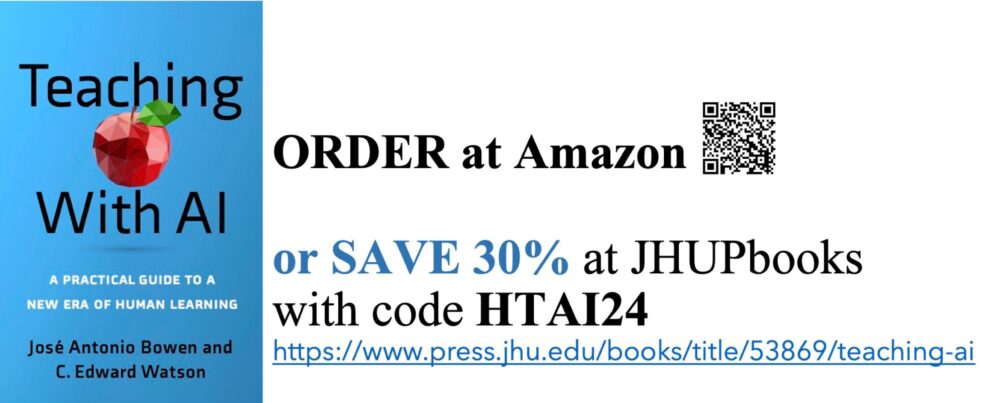The University of Wisconsin has announced the first Bachelor’s degree option to online students based on competency. College Degree, No Class Time Required
University of Wisconsin to Offer a Bachelor’s to Students Who Take Online Competency Tests About What They Know (WSJ, Jan 24, 2013) The UW ecampus has already has a robust eCampus, but the UW Flexibile Option is new.
The UW video on the Flex Option says it wants to decouple teaching, learning and assessment. Students would demonstrate they have fulfilled an area of the major by demonstrating competence –with or without taking the course associated with that skill. This, by itself, is not new. We’ve got lots of university curricula that include competency requirements. At SMU, for example, our new University Curriculum includes a second language requirement, that can be fulfilled just by arriving with a second language, taking two years of coursework, study abroad or completing some other sort of process and demonstrating you have attained the learning goals. This makes sense–a college degree should be about what you can do and how you think, not about how many classes you took.
The Carnegie Foundation for the Advancement of Teaching (the very folks who invented the credit hour and helped get it adopted over 100 years ago) have announced plans to reconsider the credit-hour as a measure of … what exactly ?? and propose something new (surely some measure of learning?). There is also the AAC&U’s efforts with the Lumina Foundation to field test a new Degree Qualifications Profile (DQP) in 9 states and 20 institutions. The DQP will measure measure broad and integrative knowledge, deep knowledge in a particular subject area, high-level intellectual skills and demonstrated achievement in applied learning and in civic learning and engagement. I note that much of the rest of the world (since 1999) has already adopted a similar system of comparing students by skills or qualifications rather than degrees with the Bologna Declaration.
There is clearly a tidal wave coming, but what does it mean?
1. While the motivation behind the Wisconsin Flex Option isn’t public, my guess is that they are hoping that students will not simply sign up to take the assessments and collect their degree, but will need a few courses too. My guess is they will also charge for the assessments and the degree, so maybe they are ok either way, but if this drives students with a few missing credits (like their own Gov. Scott Walker) to enroll (and pay for) a few of their existing online courses, then there will be lots of new revenue streams.
2. I also assume that the degree will say “UW Flex Option Degree” to protect the main UW brand. While the goals is to get more “qualified” (i.e. credentialed) citizens for jobs, if employers continue to desire those with better credentials (degrees with better brands) then all will be well in the land of residential campuses. If, however, UW manages to keep the standards the same as they are on the residential campuses, then employers will eventually need to take a second look.
3. For students/consumers this is all great news. The flood gates for free transfers are about to open. Students can already transfer in much lower cost community college credits, but if a system for determining competencies becomes widely accepted, and MOOCs, YouTube or job experience learning can be converted into something that counts toward a degree, then prices for students will fall and universities are in trouble, quickly.
4. A few elite private or very large state schools will be able to survive by selling the networking, branding or the experience they offer. But for schools that can’t offer the benefits of rock-climbing walls, winning football teams or an elite jobs network, they had better (and quickly) come up with a plan to demonstrate that their students have better skills and not just more credits tied to seat time.
So in many ways, the move to demonstrate the competency, skills or qualifications of graduates should HELP liberal arts colleges that are doing a good job. One of the most interesting sessions I attended at the AAC&U Annual Conference last week, featured research by Charles Blaich and Kathleen Wise that compared data from the Delta Cost Project (on what colleges are spending per student) and the Wabash National Study (that measures student learning) and –surprise!–while more money in general is tied to increased learning, it is a VERY weak correlation and more importantly, there are school with terrific student learning that cost a fraction of the cost of schools with the same learning ($9000 vs $50,000/student). As the researchers noted, it is hard to imagine a college marketing person suggesting 90% of the learning at 20% of the cost as a slogan, but that is the calculation parents and students are starting to make.
VALUE is going to be the new holy grail for potential students. Where and how can I learn the most at a reasonable cost. As expensive campus-based schools, we can either cut costs, or demonstrate more learning. A move away from credit hours to competency will make all of this easy to see. The sooner we all ditch the credit-hour and find ways to better compare the differences in what our graduates can do and how they think, the better for everyone.
